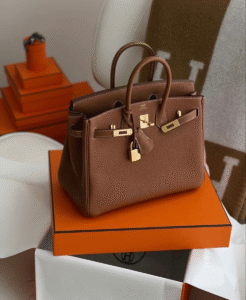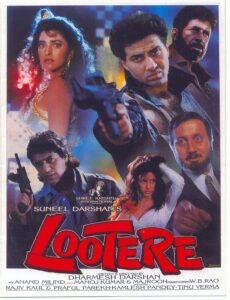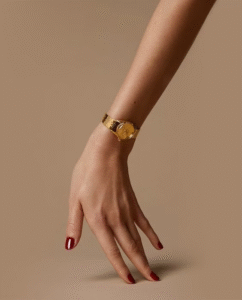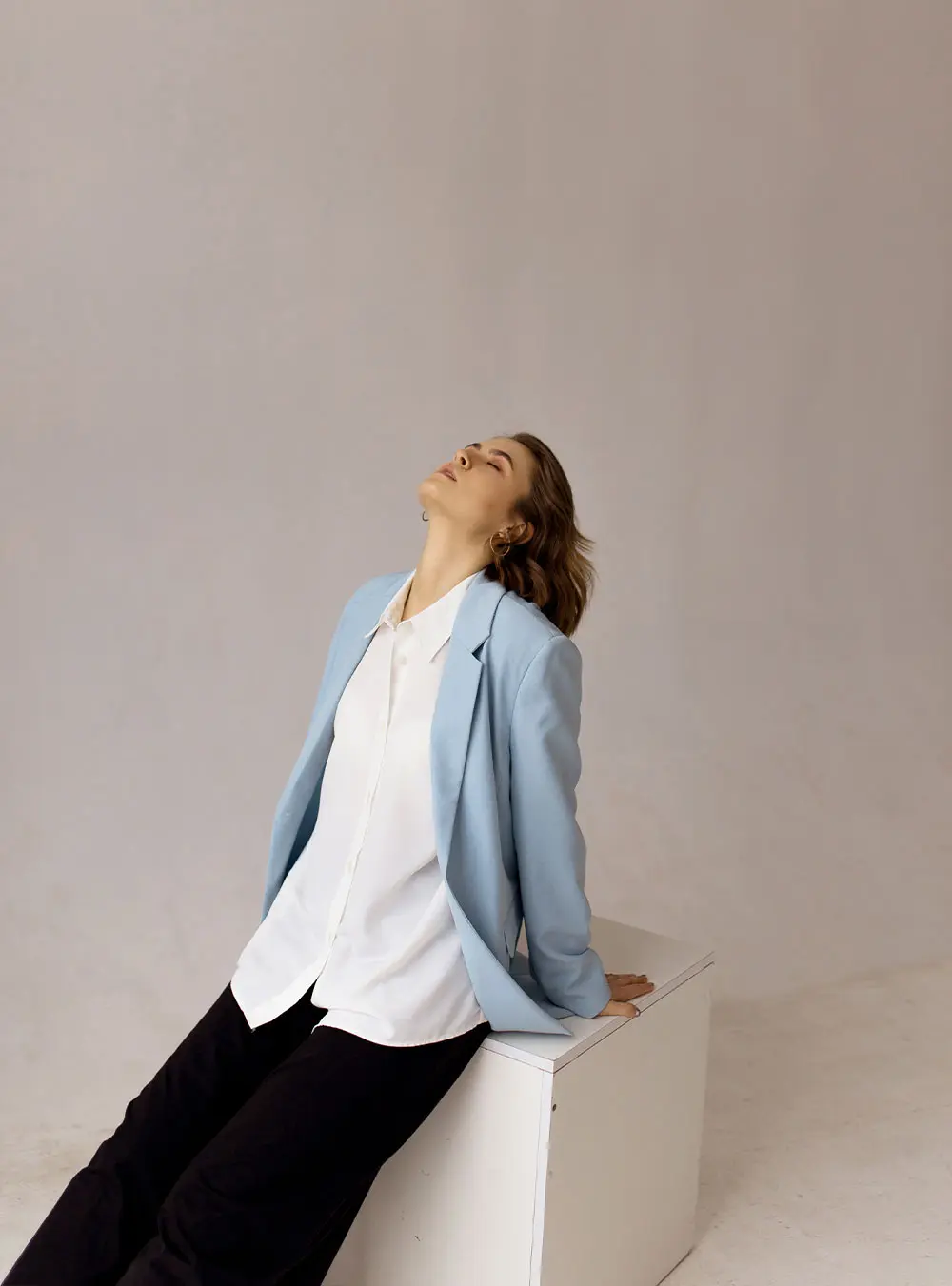History and Significance of Monograms
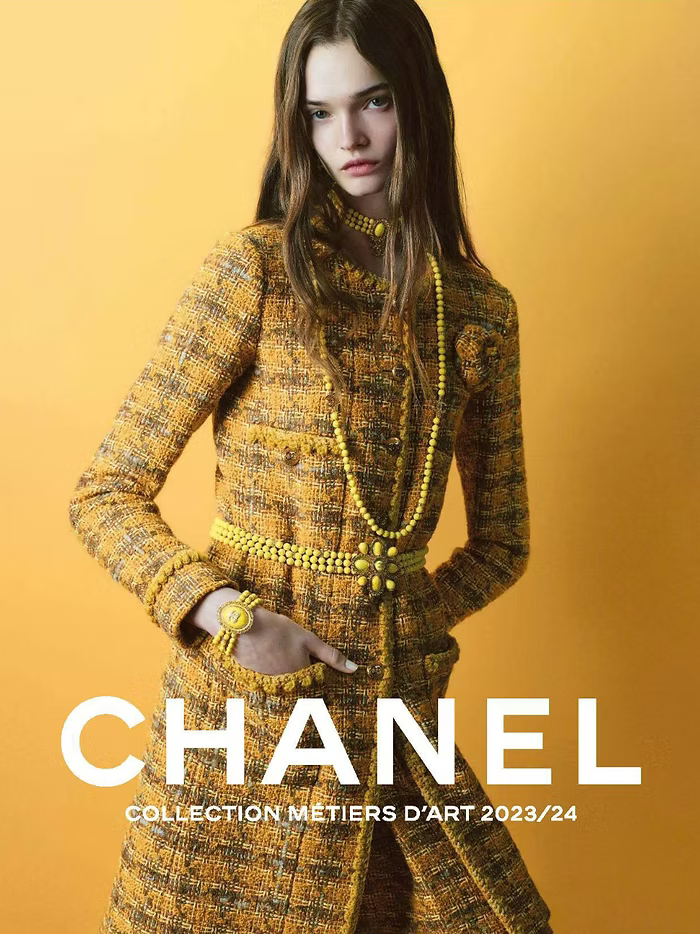
In simple words, Monogram means the overlapping of letters upon each other. The use of monograms can be traced back to ancient times, with their origins in Greeks and Roman civilizations, where they were used for trading purposes, such as buying and selling goods. Throughout history, the significance of monograms has evolved, taking on different meanings in different eras. Initially, various forms of monograms, such as in the forms of letters and inscriptions, were not considered important in legal perspective until monograms became part of intellectual property rights. Their significance became particularly notable in the fashion industry, where companies and industries began registering logos and letters as trademarks.
Over the years, many famous fashion brands and industries have utilized monograms. For example, in the year 1906, a renowned car brand was founded by Charles Royce and Sir Fredrick Royce and the logo consisted of two letter Rs as depicted from the initials of the owners’ names. Since then, monograms have been used effectively for business and marketing purposes. Today, numerous brands are recognised from their registered brands’ monograms. For example, famous fashion brands like Louis Vuitton, with LV overlapping each other; another fashion brand of Chanel with ‘Double C’ intertwined to each other, etc.
As the importance of monograms grew, so did the legal implications. Monograms can be used on simple products without being legally registered, such as in calligraphy on gift cards to make them more attractive. Such use does not carry legal consequences. However, when a monogram serves as a company’s or industry’s product identity, it has significant business and legal implications. However, the prerequisite for claiming the right over the monogram is the registration of that logo under the legislation. Registration of monograms is a form of trademark protection. In India, monograms are registered under the Trademarks Act, 1999.
Theories Behind Chanel’s Double C Monogram
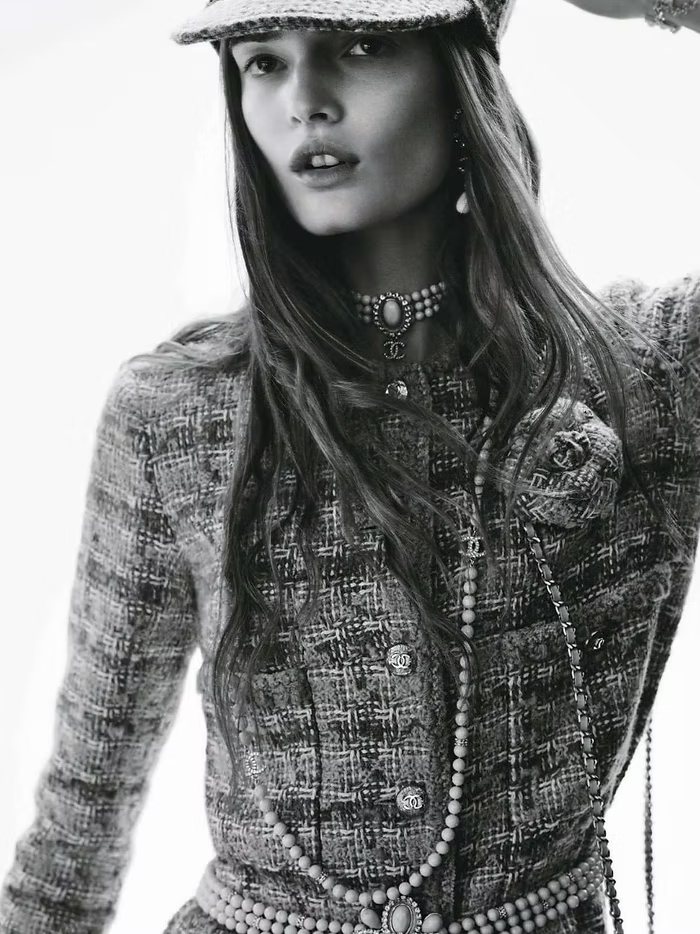
The Chanel brand came to be known around the 1920’s, a time when many fashion brands had elaborate logos. However, Chanel’s logo- featuring a twisted double C, derived from the initials of Coco Chanel- remained stylish and simple. This simplicity symbolised a powerful statement because during that period the other brands chose to stay stylish but the Chanel brand stuck to one logo while implicating that there is a lot of power in simplicity.
There are different theories framed behind the reason for Chanel’s brand using the ‘Double C’ logo. One such theory states that Coco, which is the ‘double C’ logo, is related to the stained glass window at Aubazine in French where she spent her childhood in an orphanage, where the window had interlocking arches which resembled the logo of the ‘Double C’. It symbolizes elegance, sophistication, and a long-standing tradition of high fashion. Another theory states that ‘Coco’ was inspired by a similar emblem which she saw at ‘Chateau de Cremat,’ a castle. At the gate of the castle it had a double-C monogram. Apart from the places where she was inspired to place its brand logo as ‘Double C,’ but the brand’s logo is more of the resemblance of elegance, hard work and consistency of the brand. For Chanel, the double “C” monogram is more than just a logo; it is a representation of its brand’s heritage, reputation, quality, luxury and legacy.
Chanel’s Legal Battles Over Its Double C Logo
Chanel vs. Chinese Jewellery Store: The China Case
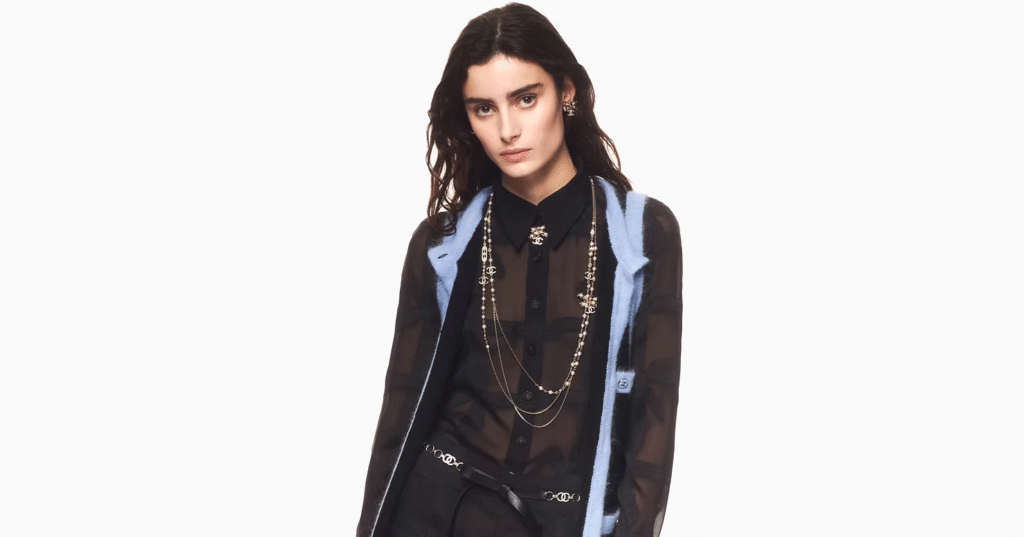
Chanel is a 110 years old fashion brand. In the recent years, the Chanel brand had its major legal cases with respect to the trademark infringement of its unique logo of ‘Double C.’ Among other countries, Chanel had also a case in China’s jurisdiction against a Chinese jewellery store which was selling jewellery in the shape of the famous fashion brand Chanel’s monogram. Upon filing of the suit by Chanel the Chinese Administration raided the jewellery shop in July 2016. The jewellery shop was owned by a Chinese national named Ye Meng-Zong. The first application of the suit by the Chanel was filed in the office of Administration for Industry and Commerce for trademark infringement and the board ruled in the favour of Chanel stating that the goods are infringing the trademark rights of the Chanel brand. The Board ruled its judgement stating Ye (the jewellery shop owner) will have to compensate the damages of approximately worth $12,000 to Chanel. Besides, Chanel had also filed a suit in litigation in the Guangzhou Haizhu District People’s Court, where Chanel was entitled for additional damage of approximately $15,000.
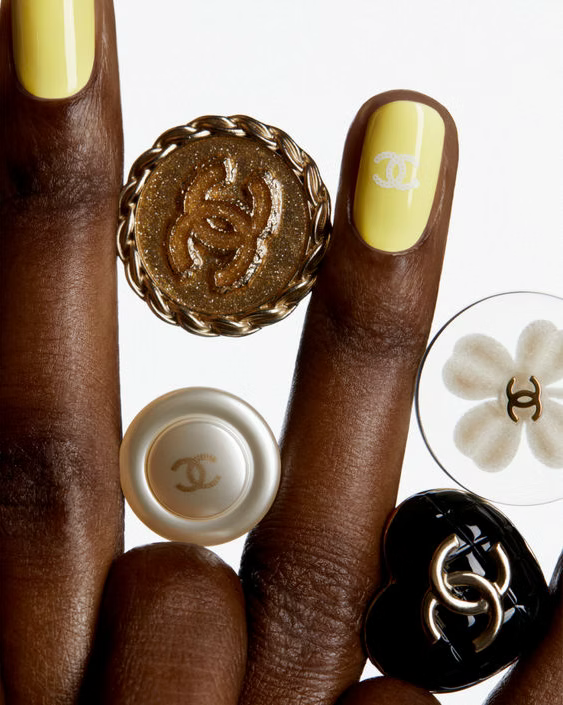
Further, Ye in its arguments stated that the jewellery shop owned by him was a franchise of the Hong Kong based MNC Zhou-Bai-fu Jewellery International Group and products displayed are in consonance with the approval by the franchisor. Further, Ye appealed the decision by the court to the Guangzhou Intellectual Property Court, this court focussed on the primary issue that “whether the “double C” shaped jewellery could be seemed to be infringing?”
Upon elaborating the court said that the Double C shaped jewellery was acting like a trademark or it was merely acting as a decoration. The court also noticed the fact that if the shape of the jewellery was misleading to the customers that they got confused between the design of the jewellery and the logo of the famous fashion brand Chanel and hence, there was confusion with respect to the source of the products. It was also observed that the evidence was not enough to prove that the products sold by Ye was not used as a trademark infringement, and the customers with general understanding can differentiate between the product and the logo of the Chanel brand. Thus, the court ruled against the famous fashion brand, Chanel and passed its judgement that the Ye product is not infringing trademark of the “Double C” logo of the Chanel.
Chanel and the French Supreme Court Logo Dispute
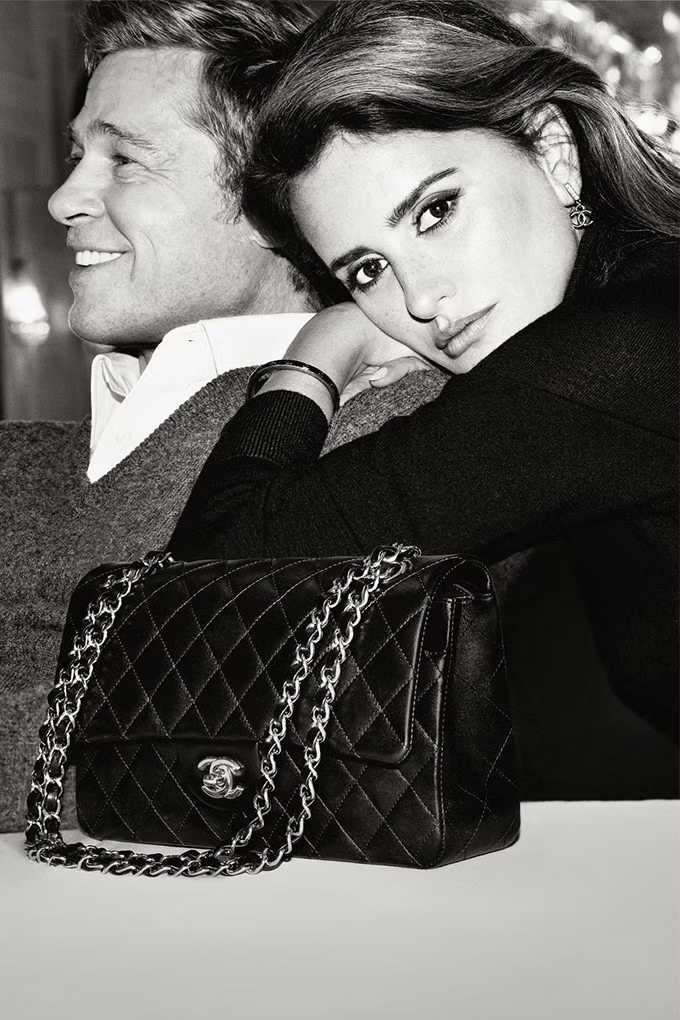
In the early 2000’s the famous fashion brand Chanel, wrote a letter to the French Supreme Court with respect to the logo, which was Cour de Cassation which was similar to the monogram of the Chanel brand. According to a report by Glitz Paris and La Lettre, websites and this was confirmed by the AFP agency which is the highest judicial body of France.
Thus, Chanel wrote a letter to the French supreme Court stating that since 1925, Chanel is known for its famous fashion products and is known as No.5 perfume. The French Supreme Court logo consists of two interlaced, back-to-back Cs, but in Gothic font. Before the letter by Chanel, the court had already considered changing the logo and had discussed with the AFP. The court observed that the letter by Chanel encouraged them to consider the thought of changing the logo of the French Supreme Court. Therefore, on the request by Chanel, the Court changed its logo.
Chanel’s Trademark Dispute with Huawei in the EU Court
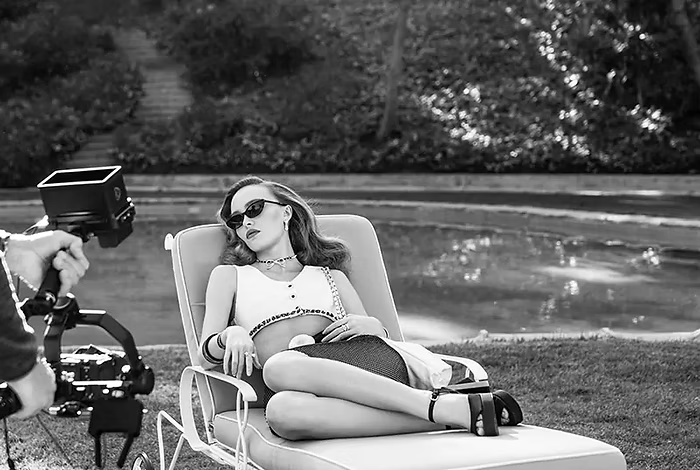
Chanel SAS v. EUIPO, a case filed by Chanel, famous fashion brand against a Chinese Technology firm Huawei for computer hardware. The contention by the logo of the Chinese firm was similar to the monogram of Chanel brand and in 2017, the Chinese company applied for the mark. Further, the European Court held on the contention by Chanel that when the logo of Huawei is to be turned to 90 degrees, then it is identical and similar to the monogram of Chanel. To this the court observed that, even if the logo of the Huawei is turned 90 degrees, still the logo does not look similar to the monogram of Chanel.
Chanel’s Trademark Infringement Battle in Barcelona: The Warehouse Seizure Case
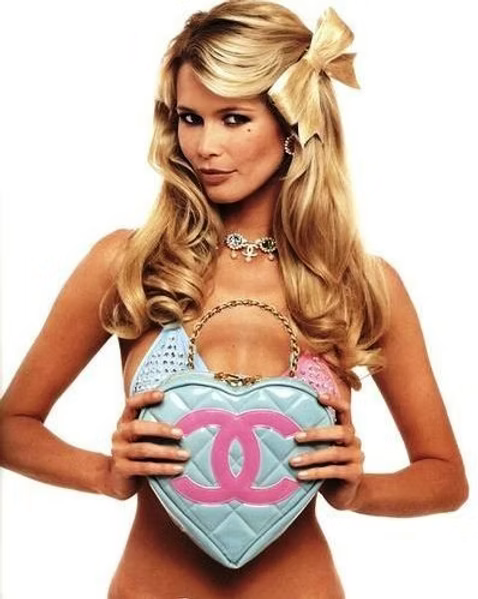
In 2019, in Barcelona through operation it was found that in a warehouse establishment 788 handbags and 346 wallets bearing a metallic circle interlocking each other were found. The case went to the Trial Court and a judgement was issued by the court on 19th September 2022. Further, the case went to the Barcelona Court of Appeal and on 30th June 2023 the court upheld the trial court’s judgement.
It was found that the defendant i.e., the warehouse wholesaler was convicted of perpetrating an offence of trademark infringement under Article 274.1 of the Spanish Criminal Code. The Court stated that the logo of two encircled is similar and manipulative and of a distinctive sign and the product of the defendant is similar to the product of Chanel. The court of appeal was of the opinion that if the sewn parts were removed from the defendant’s product, then that would lead to a similar logo with the monogram of the Chanel and this perspective was supported by various testimonies in the court of law. The Court of Appeal on the damages stated that the defendant is liable to get the compensation because the bags and wallets sold with that similar logo as the Chanel’s monogram received larger profits.
Chanel’s Trademark Protection in Japan: The Chaya Case
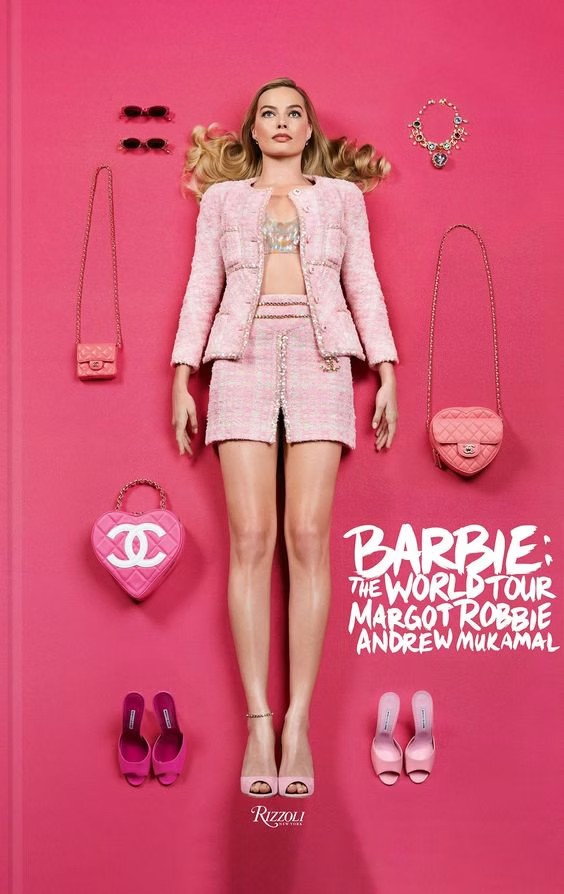
Like various other nations, Chanel also had a trademark infringement case in Japan. A music bar company of Japan named ‘Chaya’ which has a logo of two inverted ‘C’ from left and right. In the year 2021, Chanel filed a suit in the Japan Patent Office. The contention by the Chanel was that the mark of the ‘Chaya’ should be cancelled as it is in violation to Article 4(1)(xi), (xv), and (xix) of the Japan Trademark Law. Chanel also put forth that firstly, the opposition’s logo is similar to its figurative element, secondly, Chanel brand is a world renowned and reputed fashion brand and thus the brand logo has its own unique identity and that the logo of the opposition is similar to Chanel’s monogram which will lead to confusion among the consumers. Lastly, Chanel contends that the opposition had filed for this logo with a malafide intention to take advantage of the reputation and goodwill of the Chanel’s trademark.
The Japan Patent Office dismissed the complaint of Chanel on the grounds that even though both the logo shares the same figurative element with two ‘C’ shaped curves back-to-back and left and right sides. But the Japan Patent Office was of the opinion that the logo of both the companies is different as one logo is symmetrical and the other is asymmetrical. The Office also held that there is no likelihood with respect to the appearance and conception of Chanel’s monogram and the logo of ‘Chaya.’
Chanel’s US Legal Disputes: WGACA and The RealReal

Among other countries, Chanel also had a long-unsettled dispute in the USA, which is now quite settled. What Goes Around, Comes Around (WGACA) is a company placed in New York and California. In the year 2018, Chanel filed a complaint to the jury in the southern District of New York against WGACA for reselling and marketing the Chanel products. The Chanel in its complaint stated that the WGACA allegedly tried misleading the customers by creating a misconception that there is some relation between them (WGACA) and the Chanel brand. Chanel also raised a point stating the authenticity of the products that failure of the product’s authenticity would harm Chanel’s brand by low-quality knock-off products and that will hamper Chanel’s reputation.
Thereafter, in the year 2020, WGACA’s website included a disclosure that it is not an authorised seller. Further, the jury awarded the judgement in favour of the Chanel brand and asked WGACA to compensate with the statutory damages for the 13 products which the WGACA offered for a sale on their website, which was counterfeiting the product numbers of the Chanel brand. One of the major concerns of the Chanel was also that the acts of the WGACA like fake authentication and false reselling and marketing Chanel’s product would lead to a great loss of goodwill of the brand.
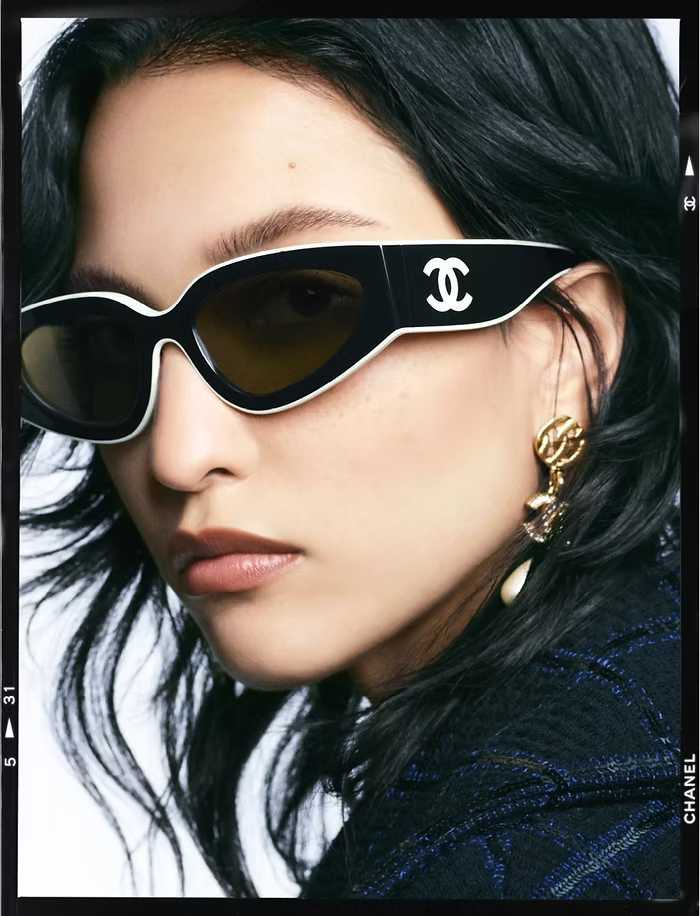
In the case against The RealReal, the issue was related to the trademarked logo of the Chanel which was used by The RealReal on its website and marketing materials. The contention of Chanel was that The RealReal was using Chanel’s counterfeit products or goods which was damaging the goodwill and reputation of Chanel and thereby infringing the Intellectual Property Rights.
In the present case the issue was related to the trademarked goods of the Chanel brands including its handbags, clothing and jewelry. Therefore, in the year 2018 Chanel filed a lawsuit against The RealReal for infringing the copyrights of Chanel and The RealReal was engaging with unfair competition. Moreover, the Chanel also claimed in their argument that the RealReal was aware of the fact that they are selling counterfeit products of the Chanel that were damaging the brand value of the Chanel. The case was heard by the US District Court, the Court dismissed the plea by the Chanel because the court observed that upon authenticating the said alleged counterfeit products of the RealReal brand the court was of the opinion that the products were sufficient and that the brand was not selling counterfeit products unknowingly. After proper authentication of products by the courts and understanding the real circumstances it was said that the consumers were aware that the products sold by the RealReal is a pre-owned goods and hence they weren’t expecting any sort of new products. This judgement was ruled by the US District Court against the Chanel brand and in favour of the RealReal brand.
The Conscious Geometry Case in Taiwan
Another latest case revolving around the monogram was filed by the Chanel brand against the “Conscious Geometry”. It was contested by the Chanel brand that ‘CONSCIOUS GEOMETRY’, a design firm, created a logo which arguably was quite similar and confusing with the Chanel brand logo. The mark of the ‘Conscious Geometry’ is Capital ‘C’ and ‘G’ inverted towards each other. Chanel claimed that the similarities were likely to cause confusion among the consumers, dilute the distinctiveness of the brand and hence infringing the trademark rights of the Chanel.
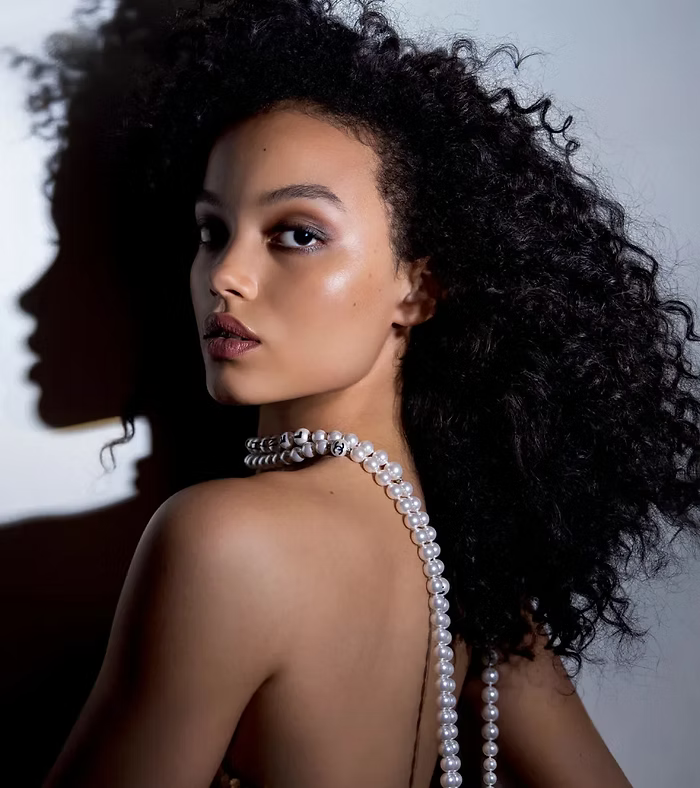
Chanel argued that Conscious Geometry’s logo infringed upon its trademark rights by creating a likelihood of confusion in the minds of consumers. They presented evidence of the widespread recognition of the Chanel logo and the potential harm to its brand equity. Conscious Geometry defended itself by claiming that their logo was sufficiently distinct and that there was no intent to deceive or confuse consumers.
With this contention, Taiwan Intellectual Property Office gave their judgement favouring the contentions by the Chanel brand. The court observed that as per the Trademarks Act, Article 30 which states that any other new trademark which is identical and or likely to cause confusion of any other similar brands logo or trademark is not acceptable. The court was also of the opinion that Conscious brought its trademark in the year 2022, however, the trademark of ‘CC Monogram’ by the Chanel brand has been using this trademark and that Conscious Geometry registering for the similar trademark will lead to the infringement of the trademark of Chanel and disturbing the stellar and good reputation of Chanel brand. Thus, the court held the judgement in the favour of Chanel brand by determining that the trademark registered by ‘Conscious Geometry’ must be cancelled.
Conclusion: The Importance of Monograms in Branding and Legal Protection

With the shifting legal trends and changing society, monogram holds a special identity because even with time it does not lose its identity. The timeless symbols of various brands hold the essence of that brand and build a connection with consumers. Because of the monogram of specific brands, the consumers have built trust and belief in the particular brands.
Monograms hold a significant role in the business community because the relationship between the firm and the consumers grows stronger because of the monograms. The sense of assurance and respect for the brand is built through the belief in the monogram. With the changes in laws and specifically the stringent laws of trademark rights, the essence of monograms has grown stronger and the laws give protection to such brands who have registered the monogram.
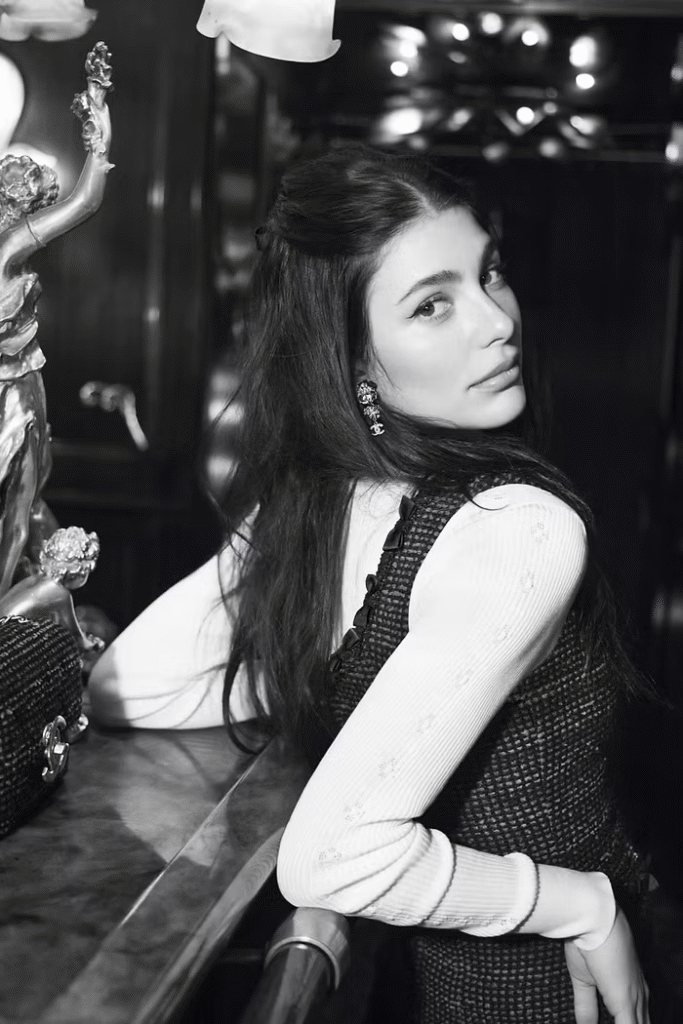
Chanel’s painstaking efforts in protecting its IP is a great example of IP protection and enforcement strategies. The brand’s multi-jurisdictional approach sets a precedent for other brands to follow, with respect to maintaining vigilance and legal preparation in the face of potential infringements.
In a world where brand recognition is key to maintaining consumer trust and loyalty, the protection of monograms and trademarks remains a vital aspect of a brand’s long-term strategy. As legal frameworks continue to evolve, so too must the strategies of brands that seek to protect their most valuable assets. Chanel’s efforts serve as a reminder that in the realm of intellectual property, the fight to protect one’s brand is ongoing and essential for maintaining its legacy and market position.

